I am listening to this book, from Audible, and absolutely enjoying it. So much so that I bought the 2021-22 English Premier League Card set from APBA Games. One of the things that I really enjoy with my cards is making stickers to identify the year of the cards and maybe team records. I also love finding team logos and add to my stickers. Here are the stickers i made for this set:

As seen above, I added the year the club was established as well as the Goals Scored by each club and the Goals Allowed by each club. I have been listening to several soccer books lately and as a result, have purchased a few Champions League Sets. This is my first country-specific league purchase. I was tempted to buy some La Liga seasons with the great Ronaldo and Messi cards as well as the great Real Madrid and Barcelona teams. I had listened to a book about the 5000-1 odds when Leicester City won the English Premier League in 2015-16 and that sounds very interesting as well.
A biography about Sir Alex Ferguson has me looking at some of the great Manchester United teams as well but APBA doesn’t go further back than 2009-10 set for the English Premier League and Ronaldo left Man U for Real Madrid. Wayne Rooney was with Man U but La Liga had Messi and Ronaldo. I also would have loved a David Beckham season but that would probably have to be with an MLS set.
I have been trying to learn more about International soccer so I know enough about players and teams to have a greater sense of the game when I play the APBA Soccer Game. Several people have sent me some gaming aides and I think with the YouTube tutorials, I should be able to learn the game with minimal trouble.



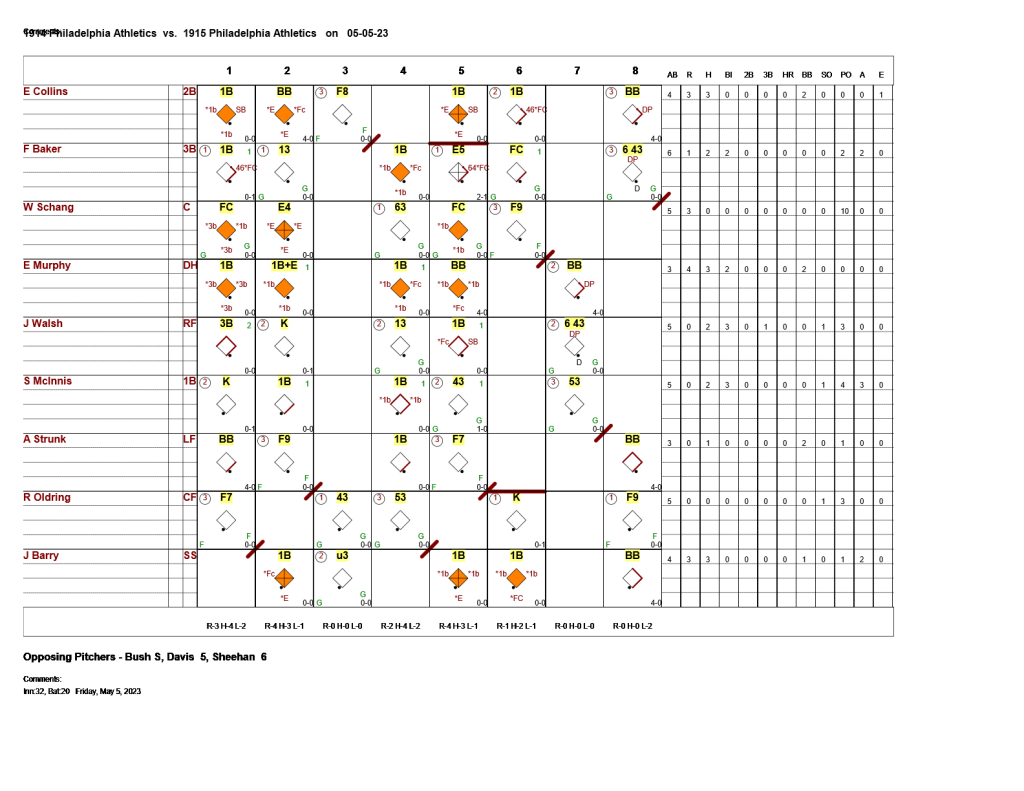
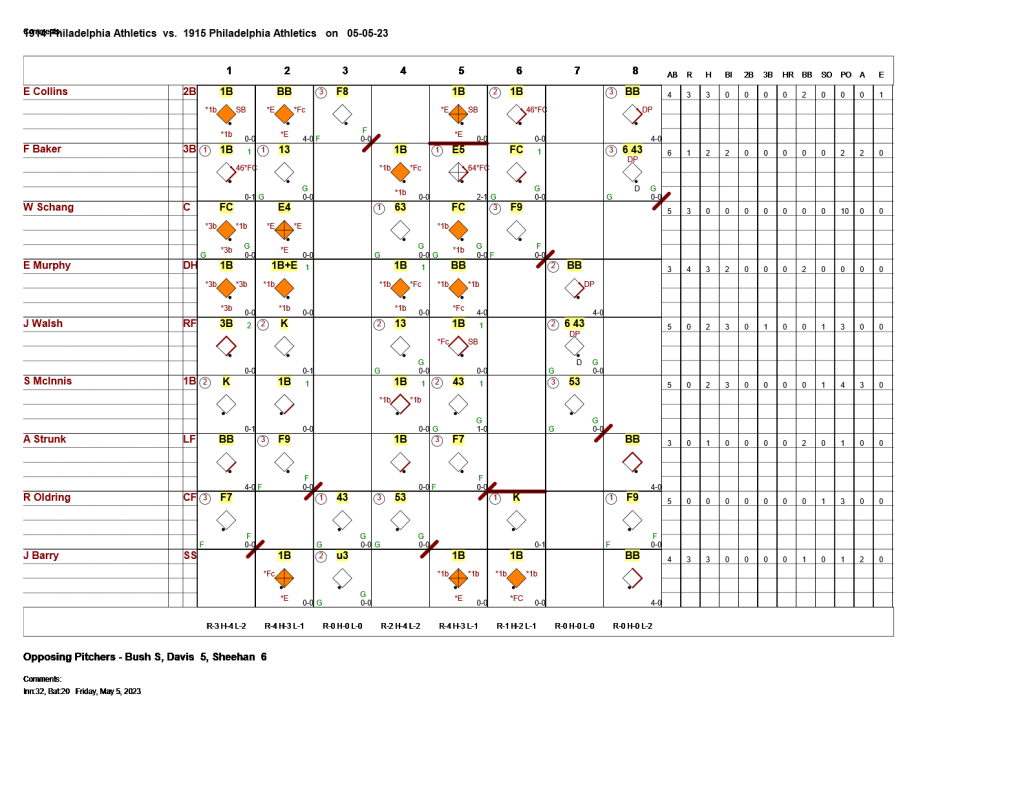
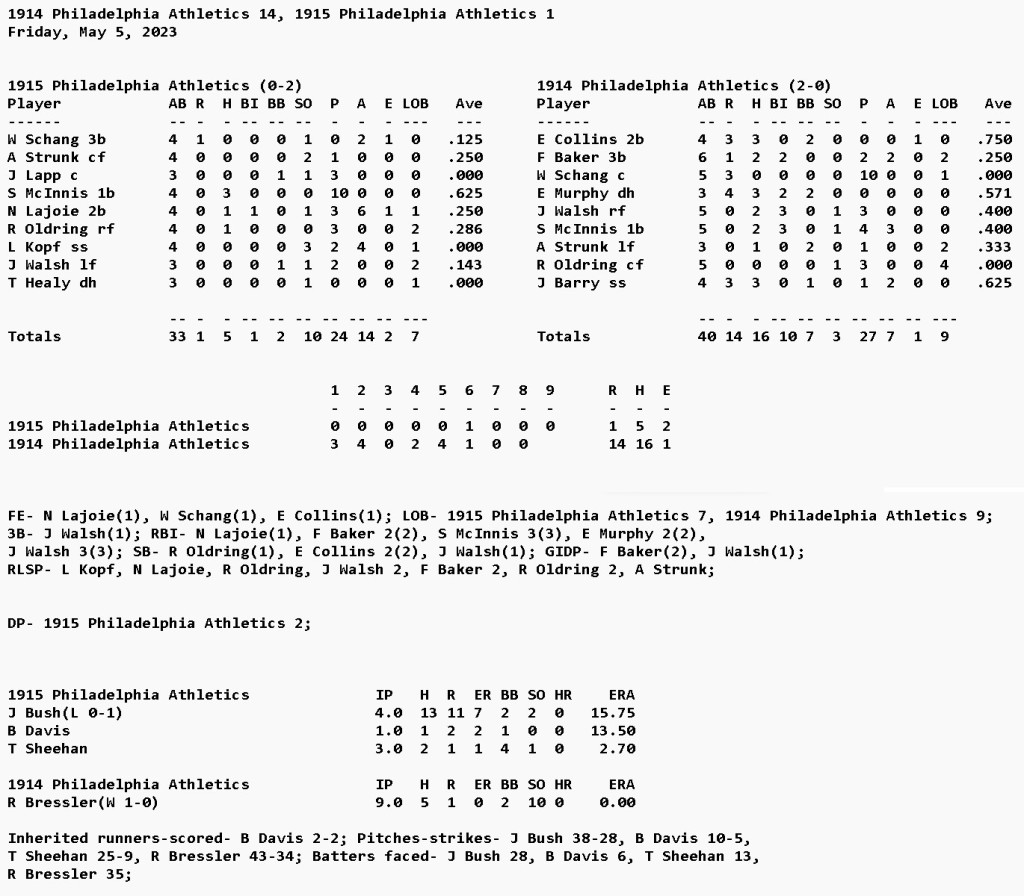

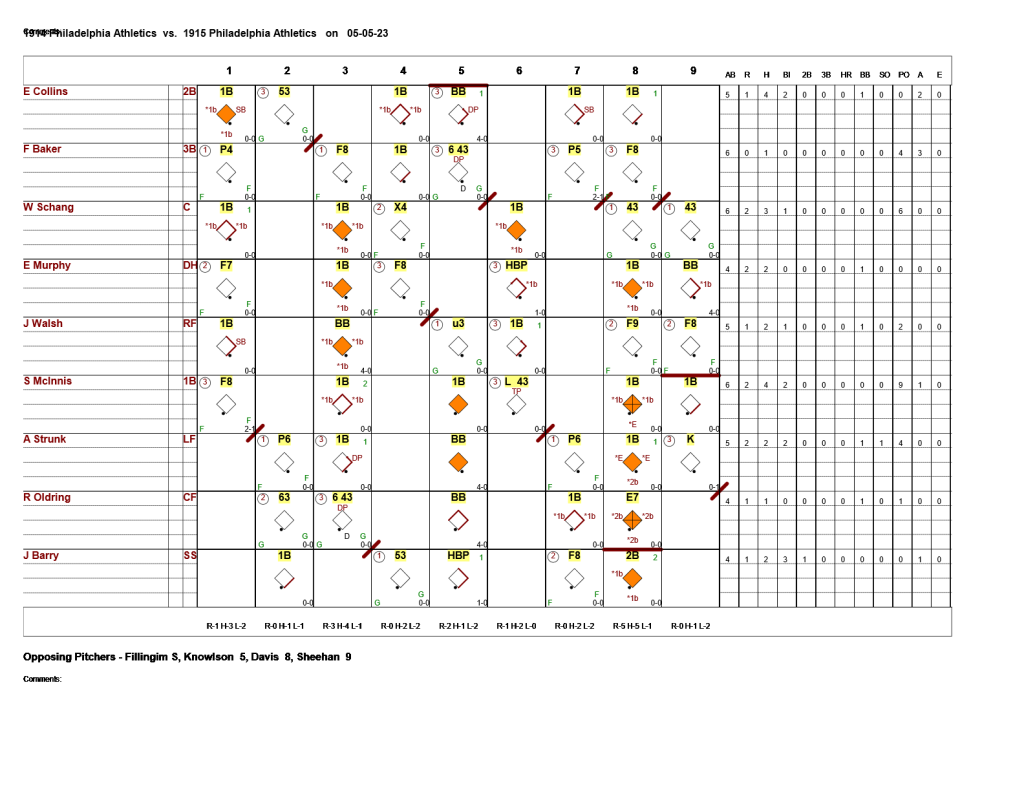
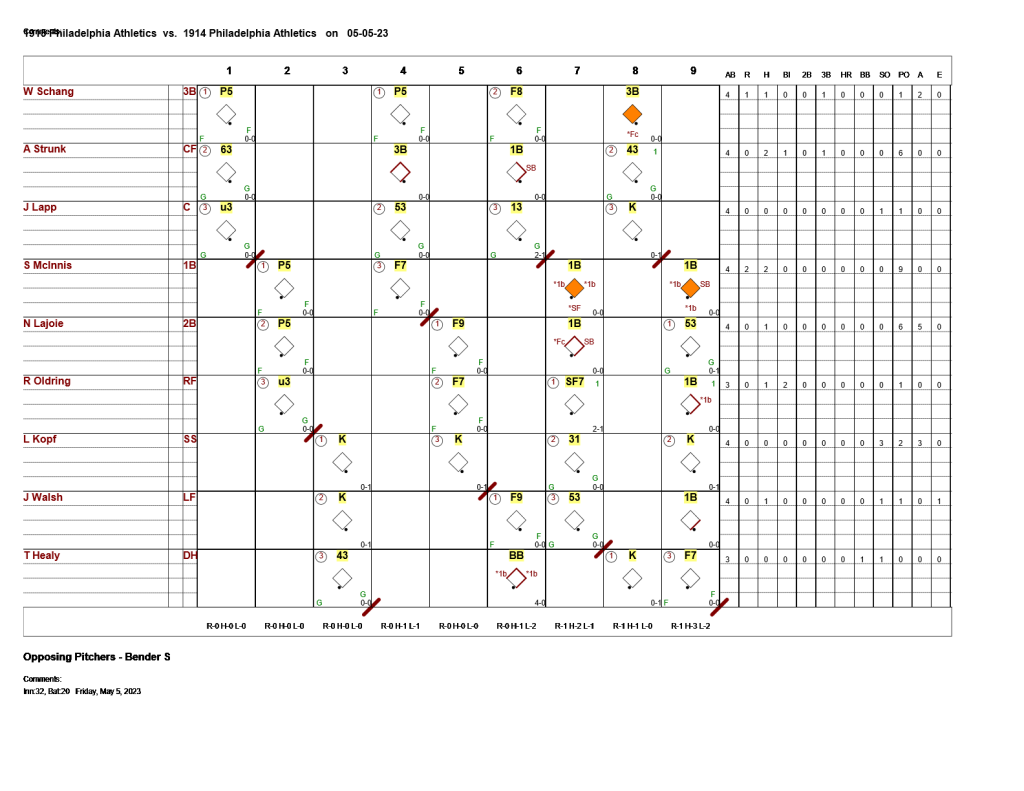
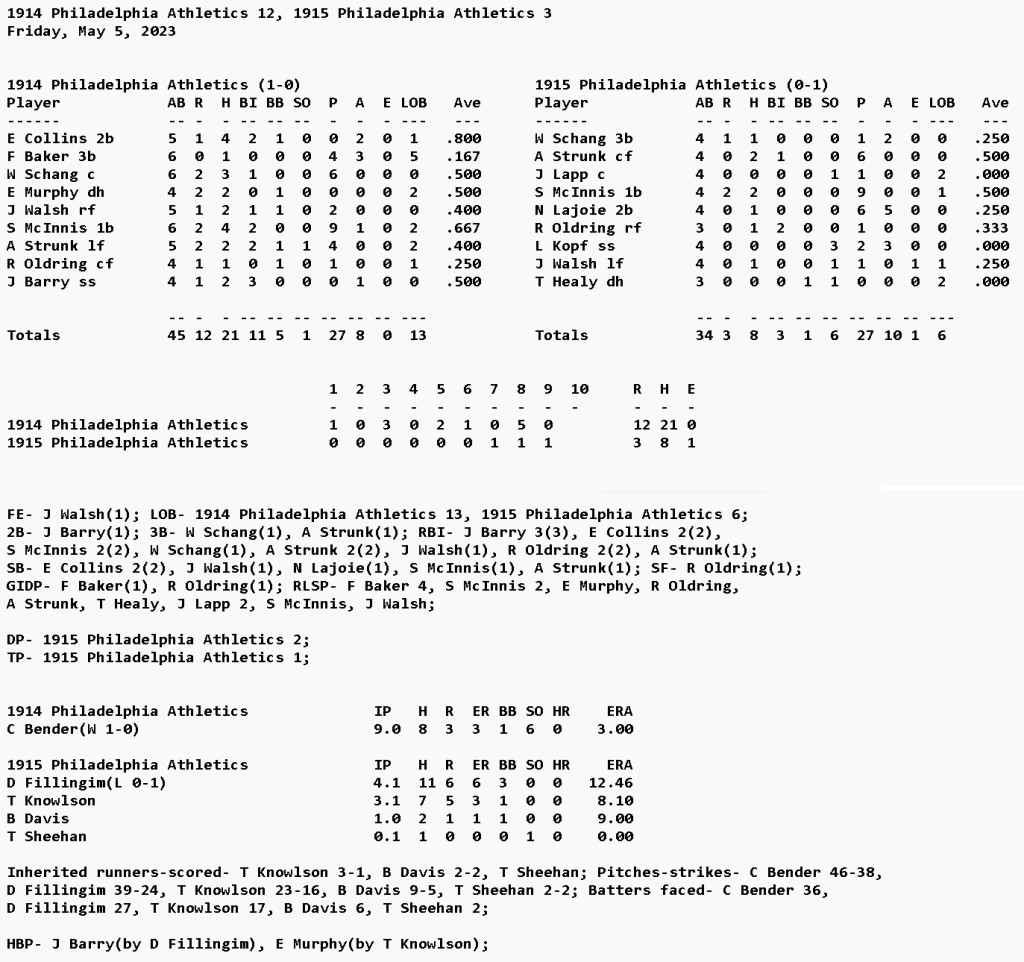

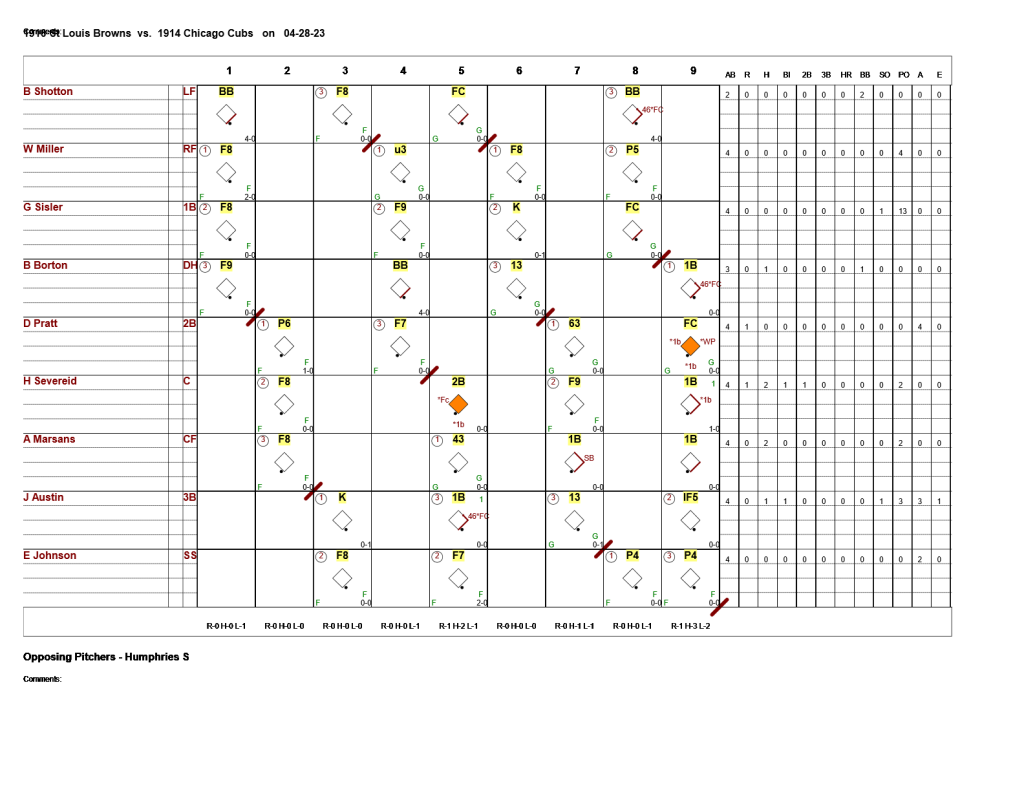
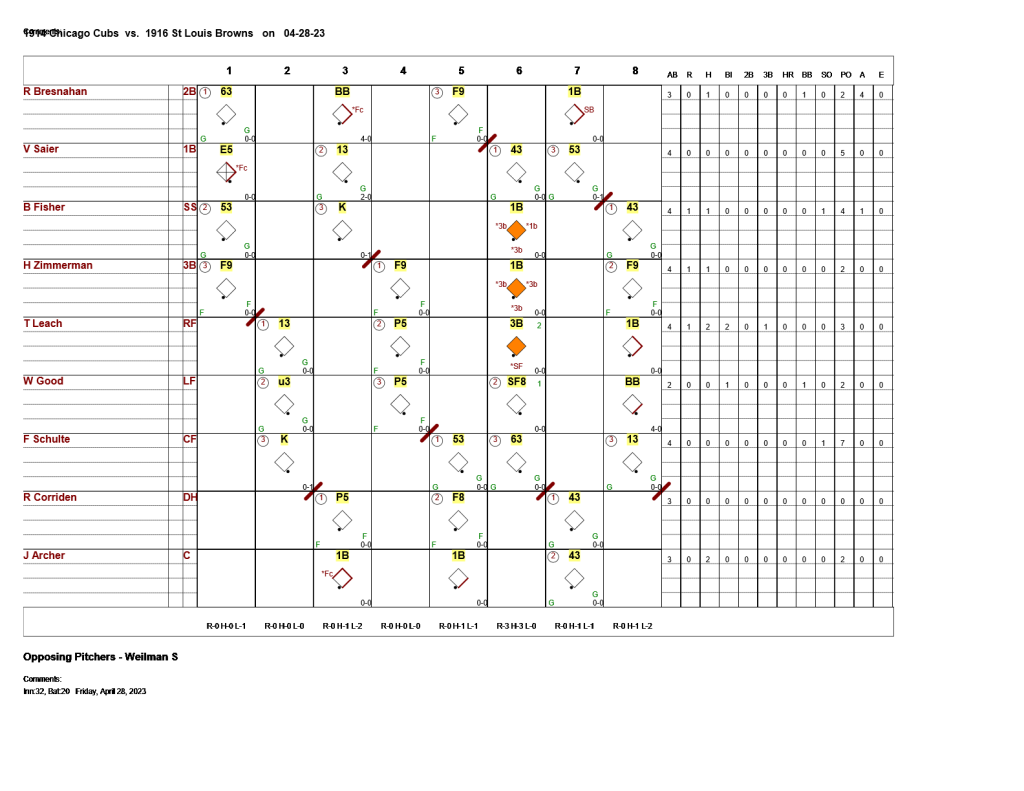
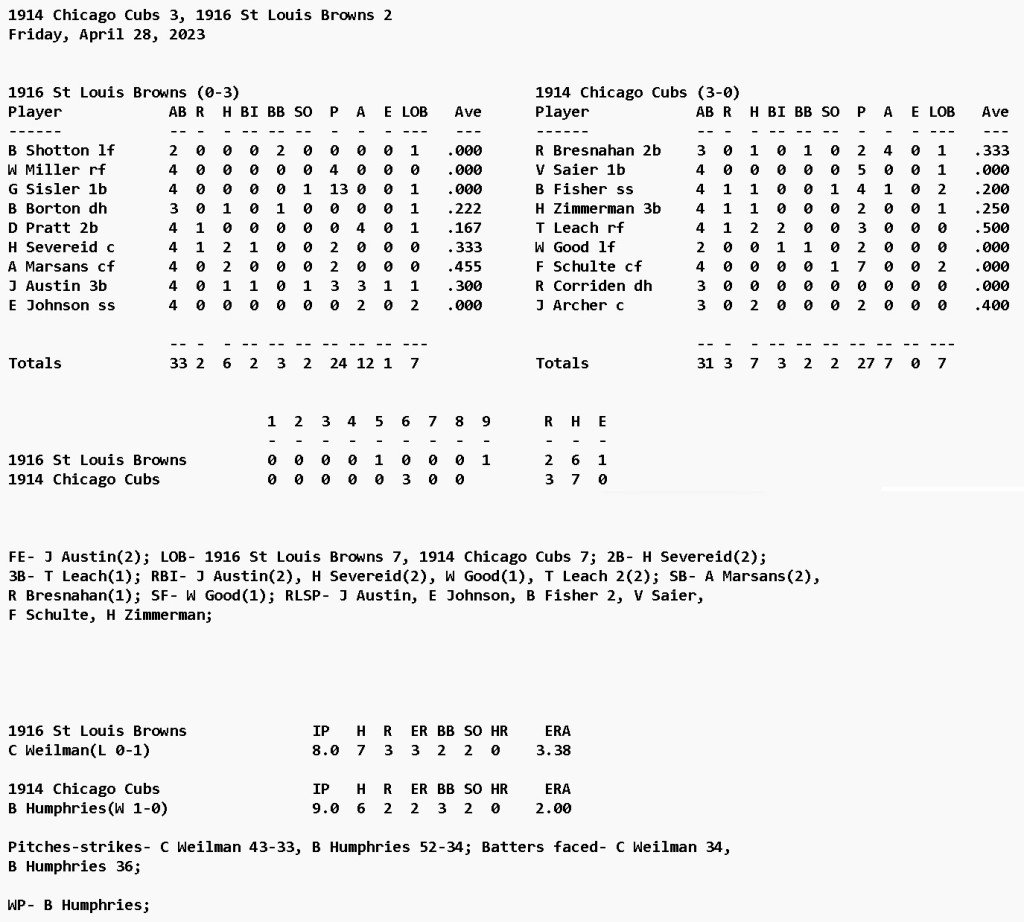
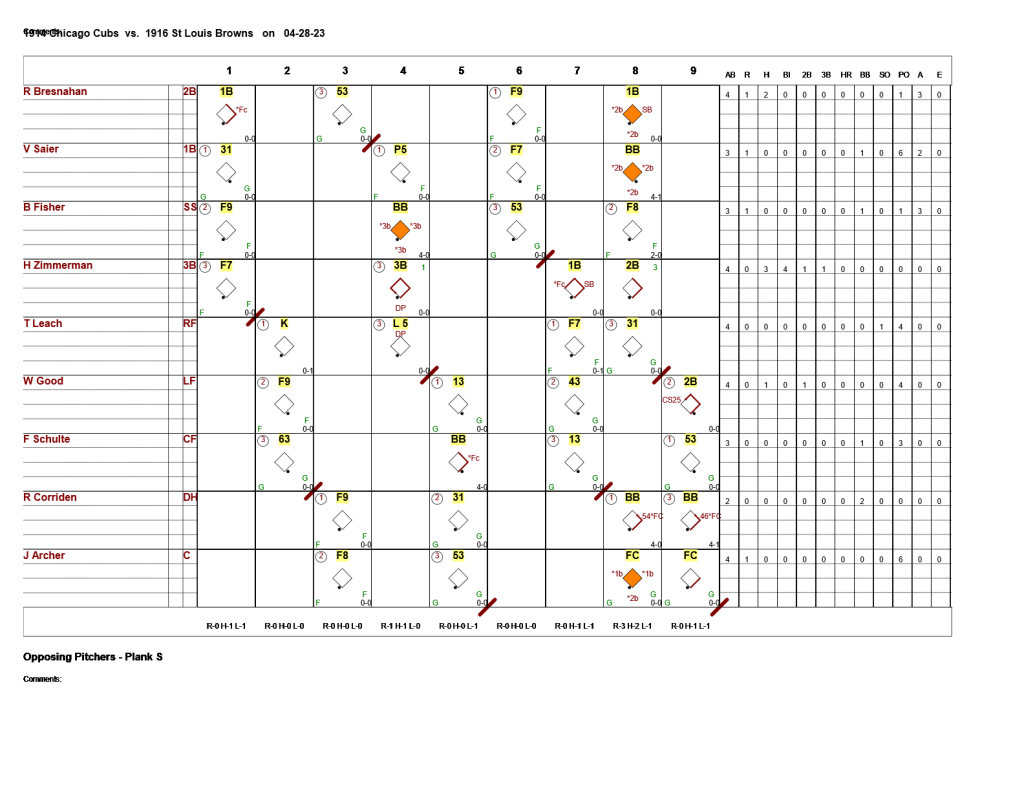
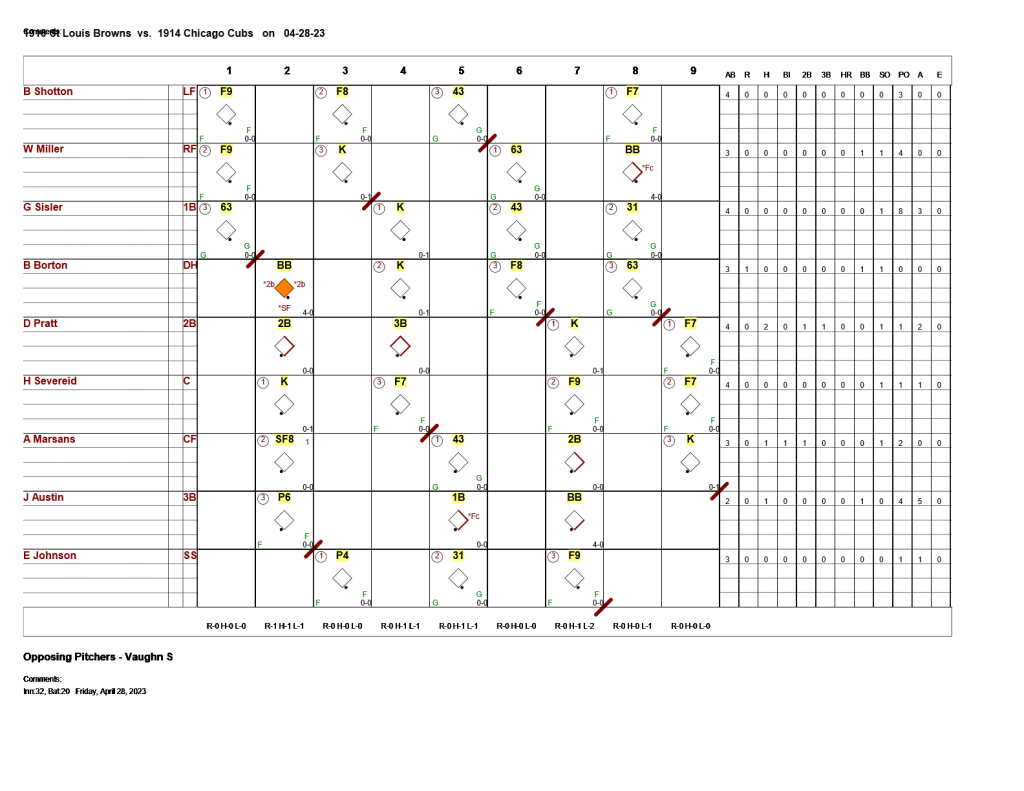
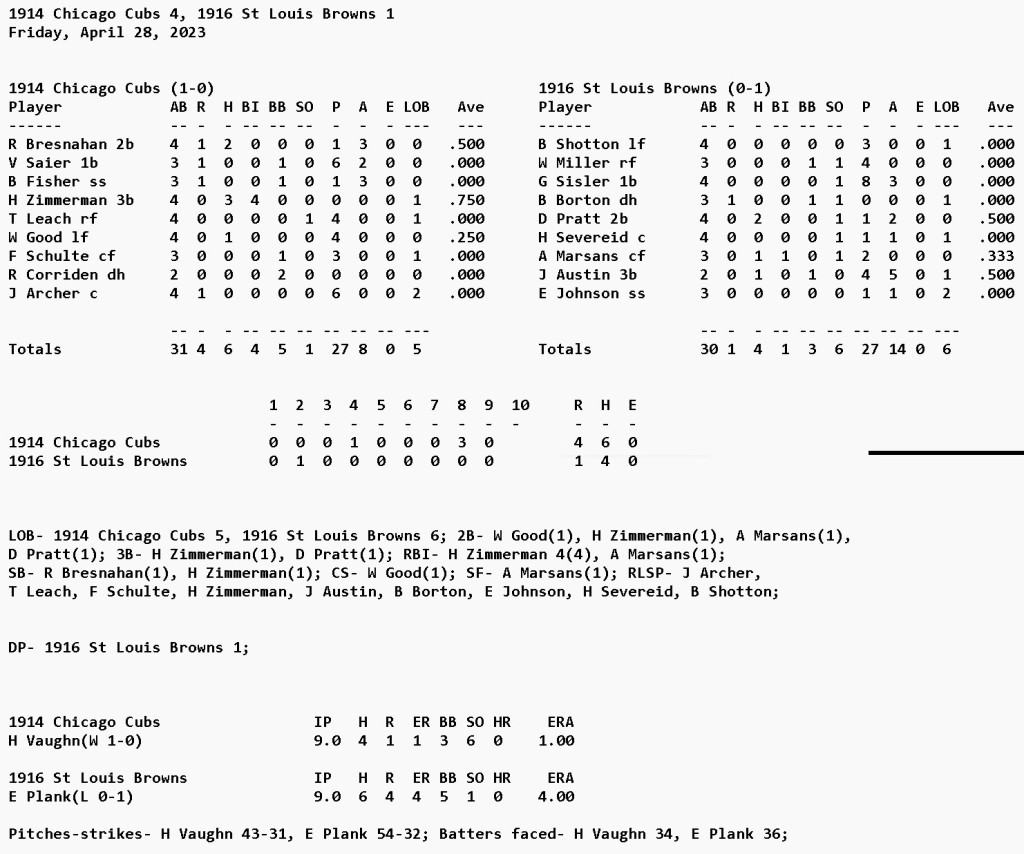
You must be logged in to post a comment.